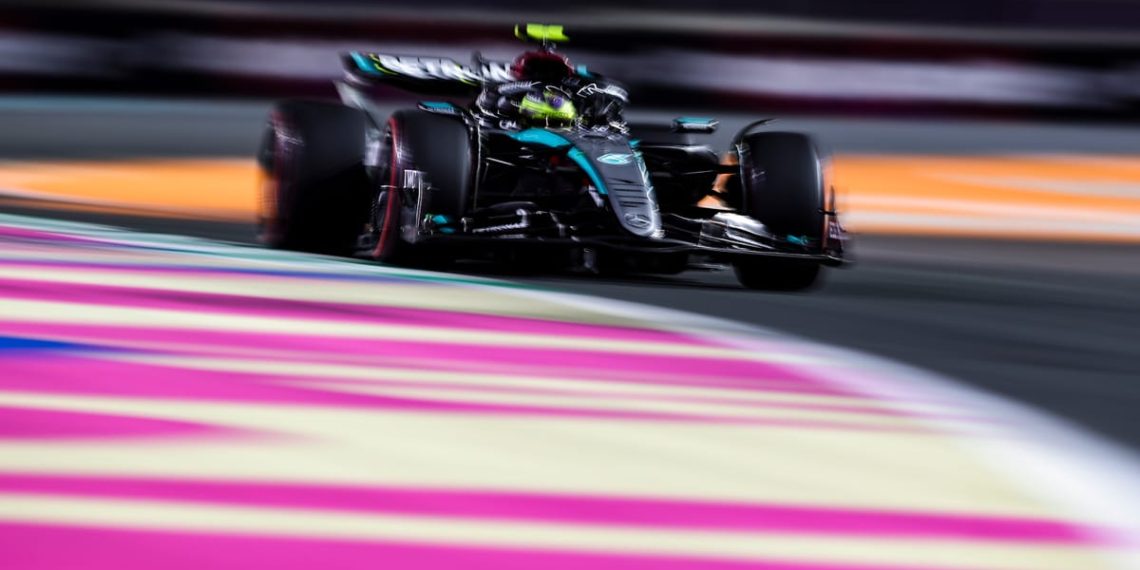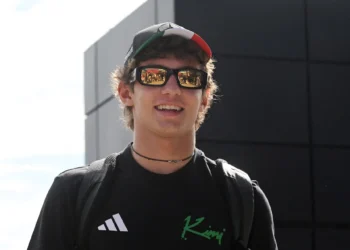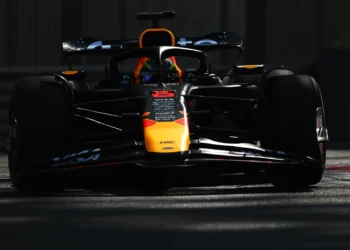This is a paragraph of text.
This is a heading
This Formula 1 season was supposed to be a fresh start for Mercedes, where they would finally overcome the weakness that has plagued them in the ground effect era. However, they are still struggling with one of the main challenges of these types of cars, raising doubts about their ability to master them. So far in 2024, Mercedes has only been the fifth fastest in terms of pace on a single lap and still has a significant gap to Red Bull. Although this was expected at the beginning of the year, the main goal was to have a consistent and reliable car. In Bahrain, they seemed to have achieved this, despite some cooling issues affecting the race pace of Lewis Hamilton and George Russell. However, in Saudi Arabia, familiar problems resurfaced. Hamilton, as last year, lacked confidence in the rear of the car, which persisted throughout the weekend. The team tried different solutions, but the lack of aerodynamic pressure in high-speed corners remained a major issue. These difficulties put Mercedes in a worse position compared to last year’s classification in Saudi Arabia. The team needs to find a balance between keeping the car low and stiff to maximize performance on high-grip tracks like Jeddah. However, this has proven to be a challenge for Mercedes, as they were the slowest in qualifying in certain sections of the track. Lack of confidence in the rear and poor balance have been consistent problems for the team, despite efforts to resolve them. Mercedes is facing three main problems in Saudi Arabia: poor balance leading to oversteer, oscillation during qualifying, and insufficient grip. The team needs to understand these fundamental issues to improve their performance. The main problem lies in the interaction between the car and the ground, which affects the generation of aerodynamic pressure. Red Bull has been successful in finding the right balance, but simulating this in the design phase is complex. Mercedes has been working to improve their simulation tools, but it has not been enough. The team needs to find the right setup and maximize aerodynamic pressure, which is crucial for overall grip and rear confidence. Mercedes is determined to solve these problems and believes they can compete for podiums. However, this will require significant effort before the Australian GP to understand and resolve the issues. The team made significant changes to the car architecture for 2024, but the issue lies in the details of the floor and lower design. Controlling the stalling effect and preventing the car from touching the ground or rising too high is a challenging task. Solving this problem will require a deep understanding and possibly adjustments to the shape and details of the lower floor. If it is mainly an aerodynamic problem, it can be resolved with the right understanding and adjustments. However, it remains to be seen whether Mercedes will be able to overcome these challenges immediately or if significant changes will be needed in the future.









